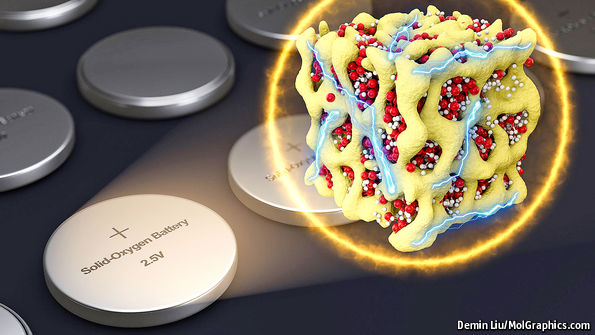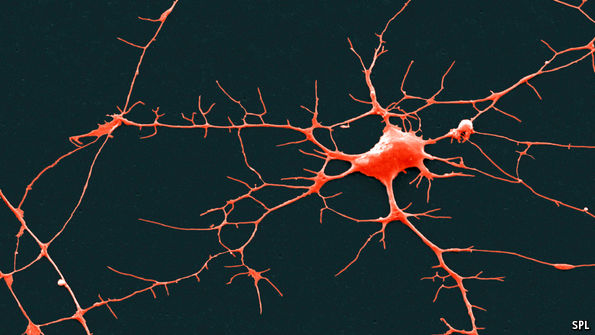Antiquated air traffic control systems are becoming a serious threat to safety

THERE is a strange disconnection between the way lawmakers in America go about protecting the country’s airline passengers on the ground, and the way they abandon them to their fate once they are airborne. Nothing is too much trouble when it is a question of stopping bombs, guns and bad guys getting on board. But that contrasts with the deaf ear turned to calls to make flying safer, cheaper and less arduous by dragging the country’s creaking, 1960s-era air-traffic-control (ATC) system into the 2010s.
Yet, such is what happened this summer when, before heading off for the beaches, Congress once again failed to address the question of how best to reform the Federal Aviation Administration (FAA). An authorisation bill, passed on July 13th (two days before the FAA’s legal authority expired), merely extended the agency’s finance for another year and included measures to reduce the length of queues at security checkpoints, acquire more bomb-sniffing dogs, tighten vetting of airport employees and let surplus screening equipment to be donated to foreign airports. But it studiously ignored the bigger question of how to get the FAA’s “NextGen”…Continue reading
Source: Economist









